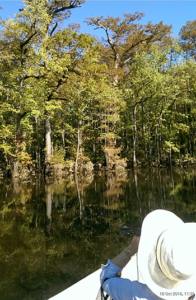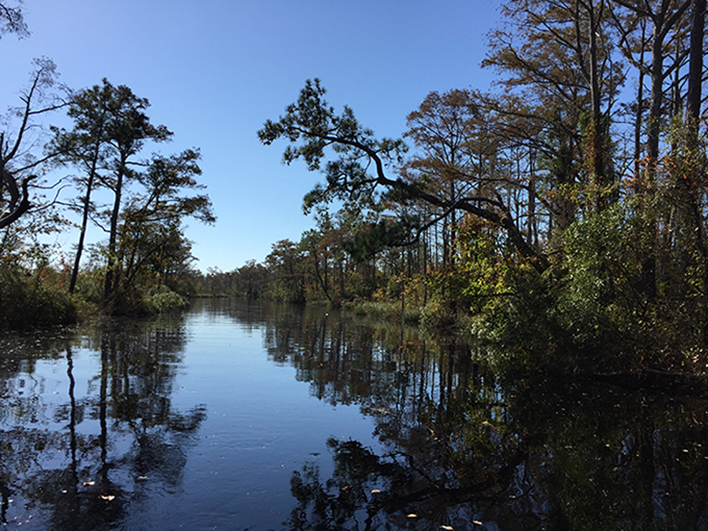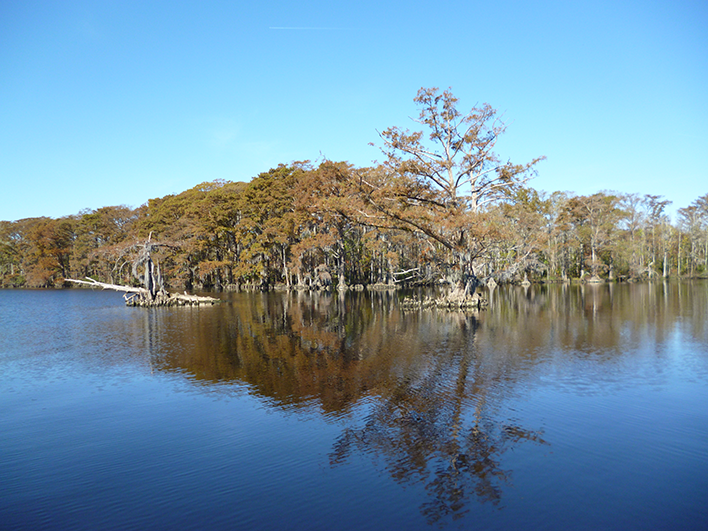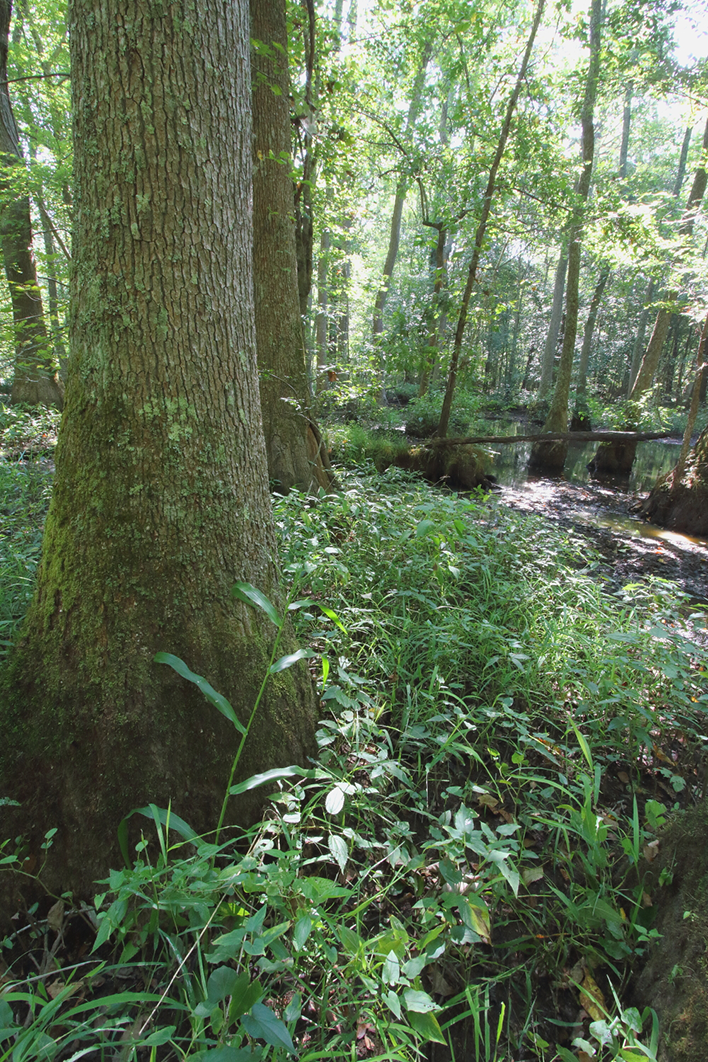Why Do We Invest?

By: John Keppler, CEO
Today, Enviva and the US Endowment for Forestry & Communities announced the grantees for the second year of the Enviva Forest Conservation Fund program. We were impressed by the very high quality of the projects that were proposed to us, and our only disappointment was that we couldn’t fund more of them. It is expensive to invest in forest conservation, but our grantees tell us that our unrestricted funds can often mean the difference between a project getting done or not. Five million dollars over 10 years is a big investment for a company of our size, and we are proud of our direct contribution to conserving the most sensitive forests in these working forest landscapes.
It’s worth reflecting for a bit about why we do it.
When we started this company, we made a commitment to our people, to our communities, and to the forest. Enviva’s expert foresters make sustainable timber management decisions on the ground every single day. They live in the communities where we work, they care deeply about their local forest landscapes, and we depend on their decisionmaking to ensure that there is more – not less – forest as a result of our activities. They do a great job. Since we opened our first mill in 2011, forest area has increased by more than 320,000 acres and forest inventory has grown more than 10% in the areas in which Enviva operates.
This is great news for communities, timberland owners, and of course the environment. We are an important part of the local economy, buying more than 5 million tons of wood across the southeast US and generating almost $1 billion in economic activity each year throughout the region. We have systems and processes in place, notably our innovative Track & Trace system and independent third-party audits and certifications, to ensure that we source that wood responsibly and make the best decision for every ton of fiber that crosses our scales.
As many of you have heard me say, we know there are special places in the forest that should always remain so. And there are times when the value we place on the forest means that there are tracts that neither we, nor frankly anyone, should cut. To some extent, this is in the eye of the beholder; but, from our conversations with scientists and conservationists, there are some sites that just are special enough, whether as habitats for distinct species or unmatched natural beauty, that most everyone agrees are worthy of protection.
That said, we should remember that just about every one of those acres is owned by families like yours and mine, not by the public. Without financial help many just can’t afford to set them aside. That’s where the Enviva Forest Conservation Fund and our great conservation partners come in.

The Crowder and White tract in Southampton, Va., helps form “The Narrows,” an important transit point for river herring, shad and alewife.
For example, in the first year of the Enviva Forest Conservation Fund, we were able to contribute to creating an easement on forestland easily accessible from a major urban area that would otherwise have been a prime spot for future development. Our funds allowed another landowner to protect floodplain forest along an important section of river that serves as spawning habitat for native fish species.
In cases like these, where conservation is a priority but the landowner needs to find a way to make it possible, we’ve tried to create better outcomes, and a conservation easement facilitated by Enviva’s Forest Conservation Fund can be just the ticket. Under a conservation easement, a landowner enters into an agreement with a third-party easement holder to place a permanent protection on a piece of land, often in return for a tax benefit when the landowner donates the development rights. It’s a win-win situation: the landowner receives the much-needed cash or a tax deduction to make them economically whole, and the tract is permanently conserved, meaning that special place will, in fact, remain so.
Enviva’s Fund isn’t going to save every last piece of sensitive forest. However, we have control over our own sourcing practices, so we can make decisions about what we will and won’t take and where we can make investments to improve outcomes all around. We are accountable for those decisions and we should be proud that conservation investment is one tool in our sustainable forestry toolkit.

Six thousand acres in Camden County, NC, includes pocosins and Atlantic white cedar stands. The property will be owned by the state and open to the public as a Wildlife Management Area.

2017 EFCF grants will help acquire 1,000 acres along the Chowan River and Salmon Creek in Bertie County, NC, for the creation of a new State Natural Area with public access.

A conservation easement on more than 1,000 acres in Sussex County, Va., will blend working forest uses with permanent protection of bottomland forests.
